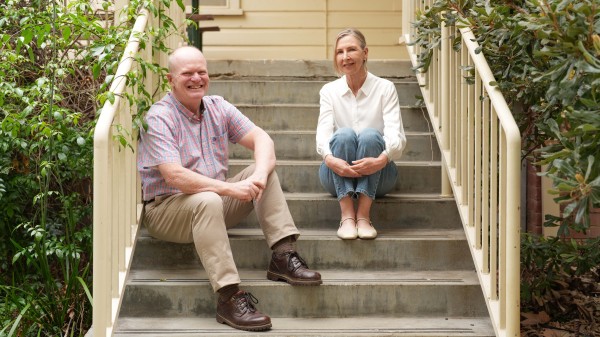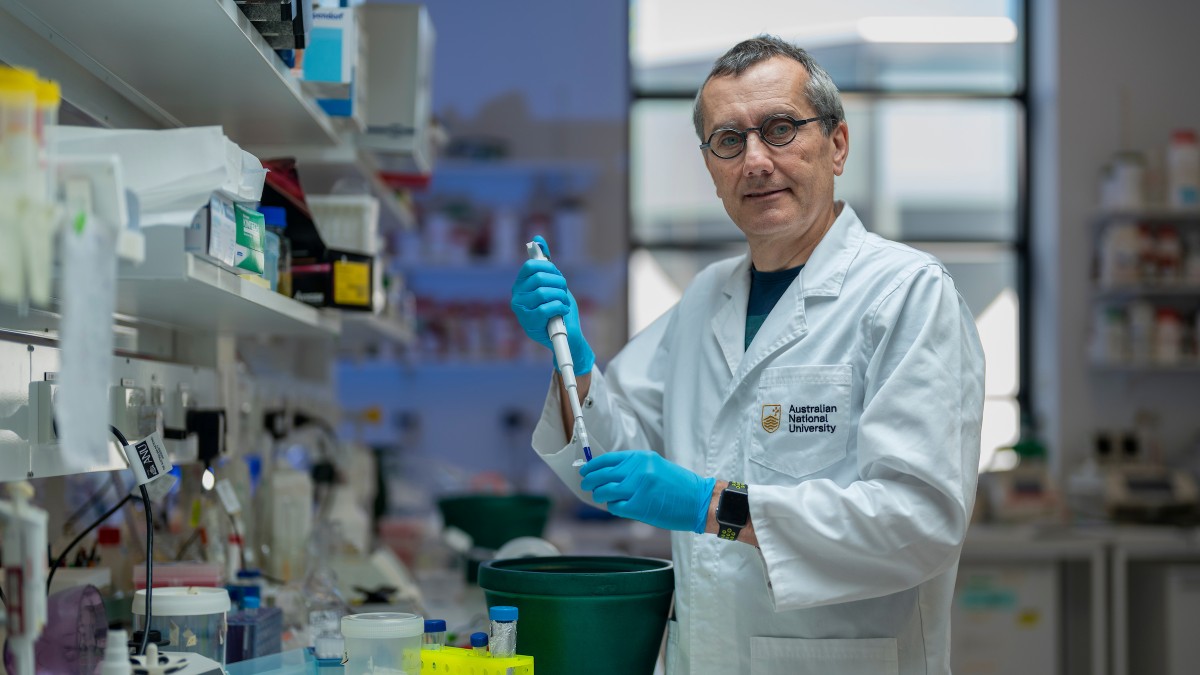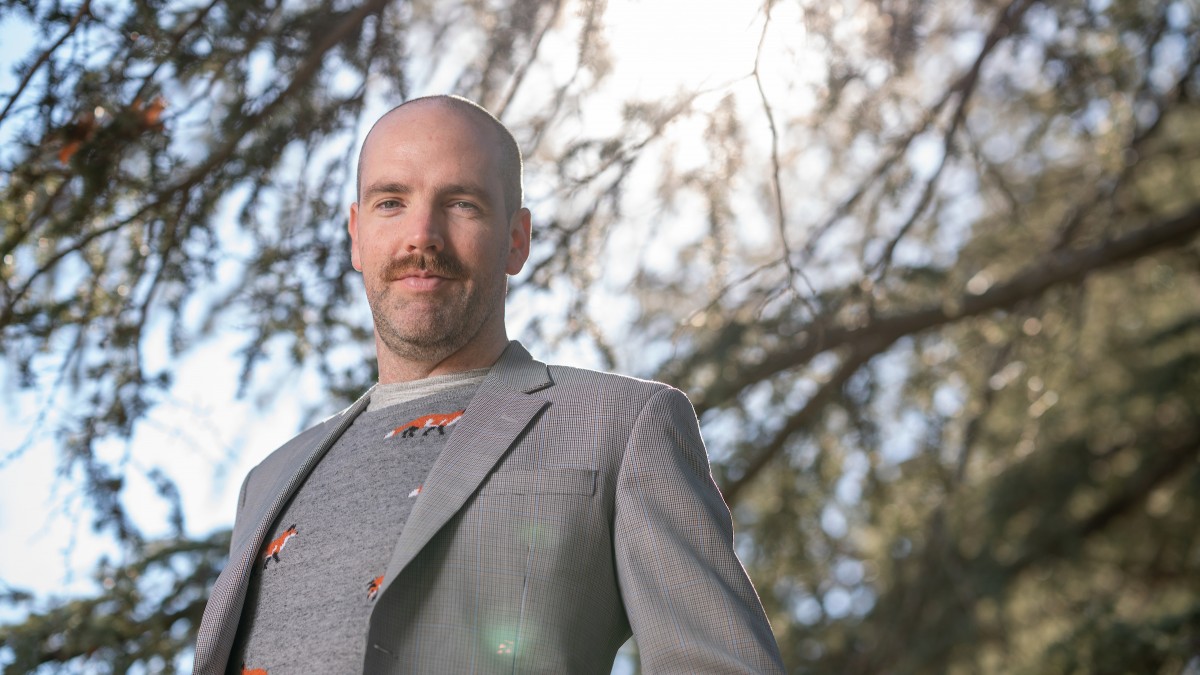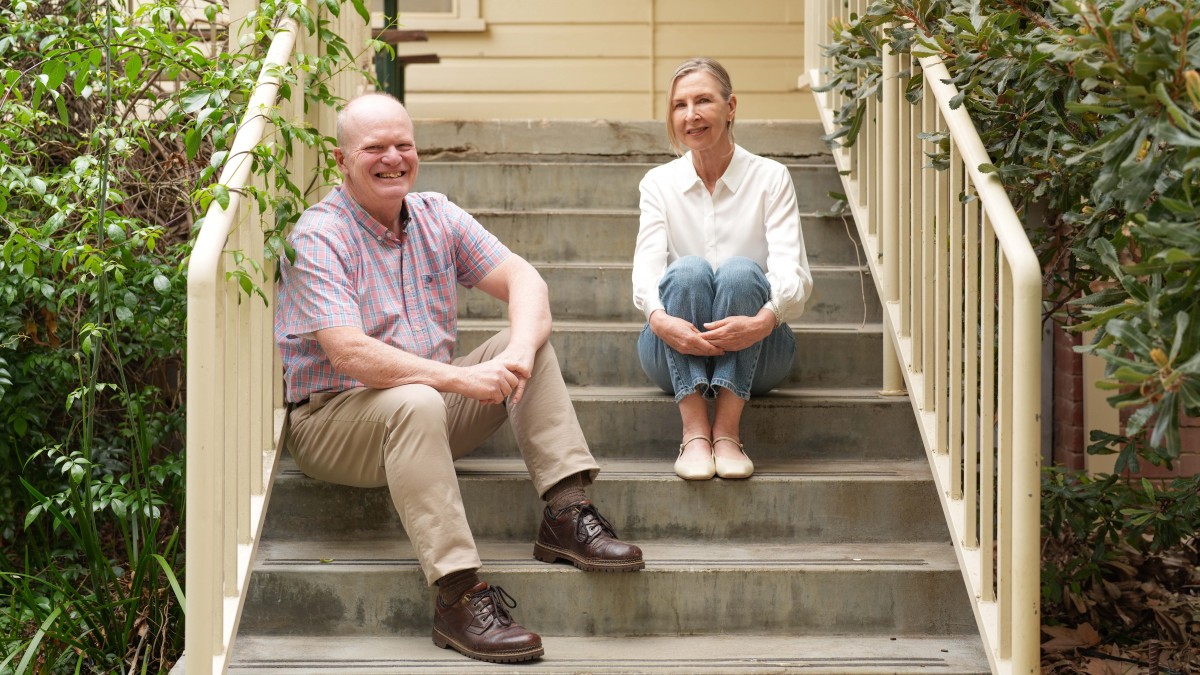Scientists at The Australian National University (ANU) are teaming up with the community to unlock the full potential of ribonucleic acid (RNA). It could lead to breakthroughs in everything from cancer treatments and new therapies for complex diseases, to age-related macular degeneration and crop resilience.
RNA — a lesser known relative of DNA — is present in all living organisms and plays a key role in turning genetic code into proteins.
RNA science was crucial in the development of COVID-19 vaccines, but experts at the ANU-based Shine-Dalgarno Centre for RNA Innovation (SDCRI) say that’s just the start.
Their work has received a $4 million boost thanks to the Australian Government’s Medical Research Future Fund National Critical Infrastructure Initiative.
“mRNA vaccines helped get us out of the pandemic. But there are myriad opportunities to tackle more difficult-to-treat medical problems,” Centre Director Professor Thomas Preiss said.
“But developing RNA therapeutics involves meticulous processes to ensure they are both safe and effective. This is why we are setting up the National Platform for Therapeutic mRNA Development.”
The centre’s work will initially focus on three pilot projects addressing inherited bone marrow failure syndromes, macular degeneration and lung cancer, while also drawing on the power of artificial intelligence (AI).
“By combining AI and advanced experimental models with over 250 years of RNA research experience, we can fine-tune RNA sequences to maximise their therapeutic potential while minimising adverse effects,” Professor Preiss said.
The SDCRI researchers won’t do it alone. They’re also partnering with members of the community.
“By collaborating with stakeholders, people living with disease and the wider public, we can ensure our innovations align with real-world needs and ethical standards,” Associate Professor Brett Scholz said.
“Over the past couple of decades, consumer engagement has become increasingly important, but at the same time there’s been a lot of uncertainty around how to do it well.
“While we were able to vaccinate a large percentage of the population relatively quickly during the pandemic, the rush to find a solution meant there was little time for engagement, which may have contributed to some of the scepticism we saw.
“We want the people who will be directly affected to be part of decision-making about what treatments are necessary and what areas should be research priorities, to make sure we’re spending time and money in areas that healthcare consumers deem important.”
About the Shine-Dalgarno Centre for RNA Innovation:
The Shine-Dalgarno Centre for RNA Innovation is a leading interdisciplinary research hub at The Australian National University (ANU), dedicated to advancing RNA science and unlocking the full potential of RNA technologies across various fields. The centre is named after the Shine-Dalgarno Sequence, a seminal RNA discovery made at ANU 50 years ago that helped spawn the modern-day biotech industry.











